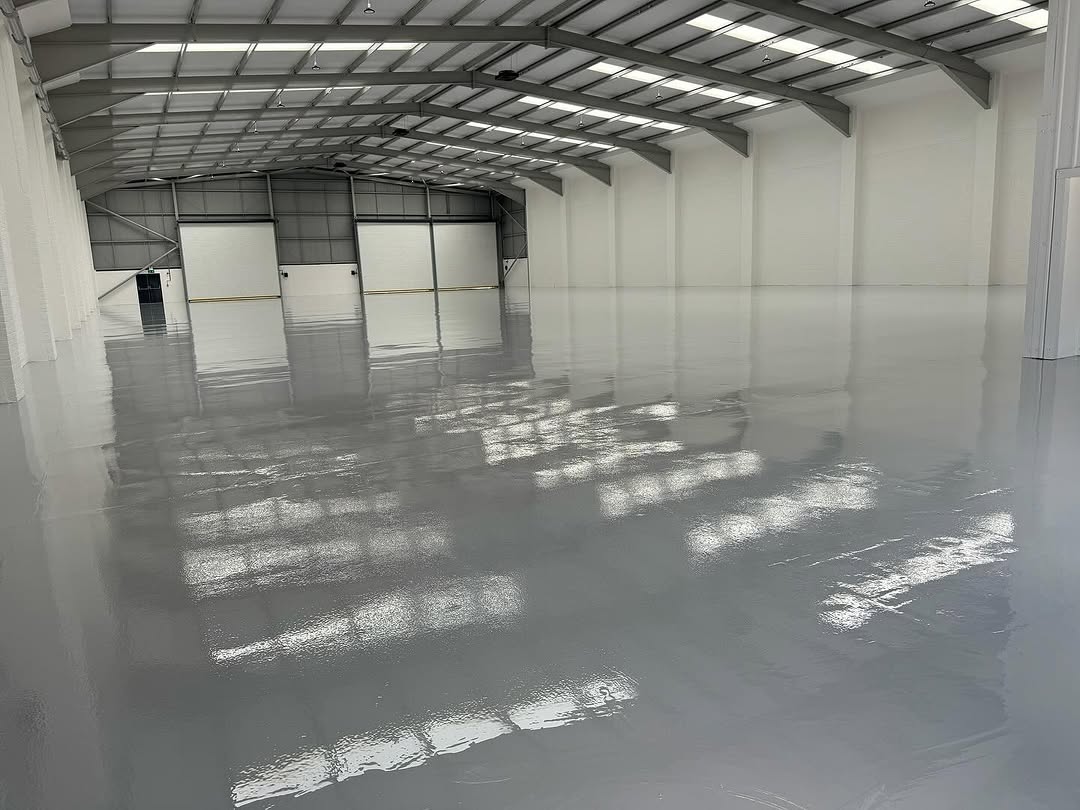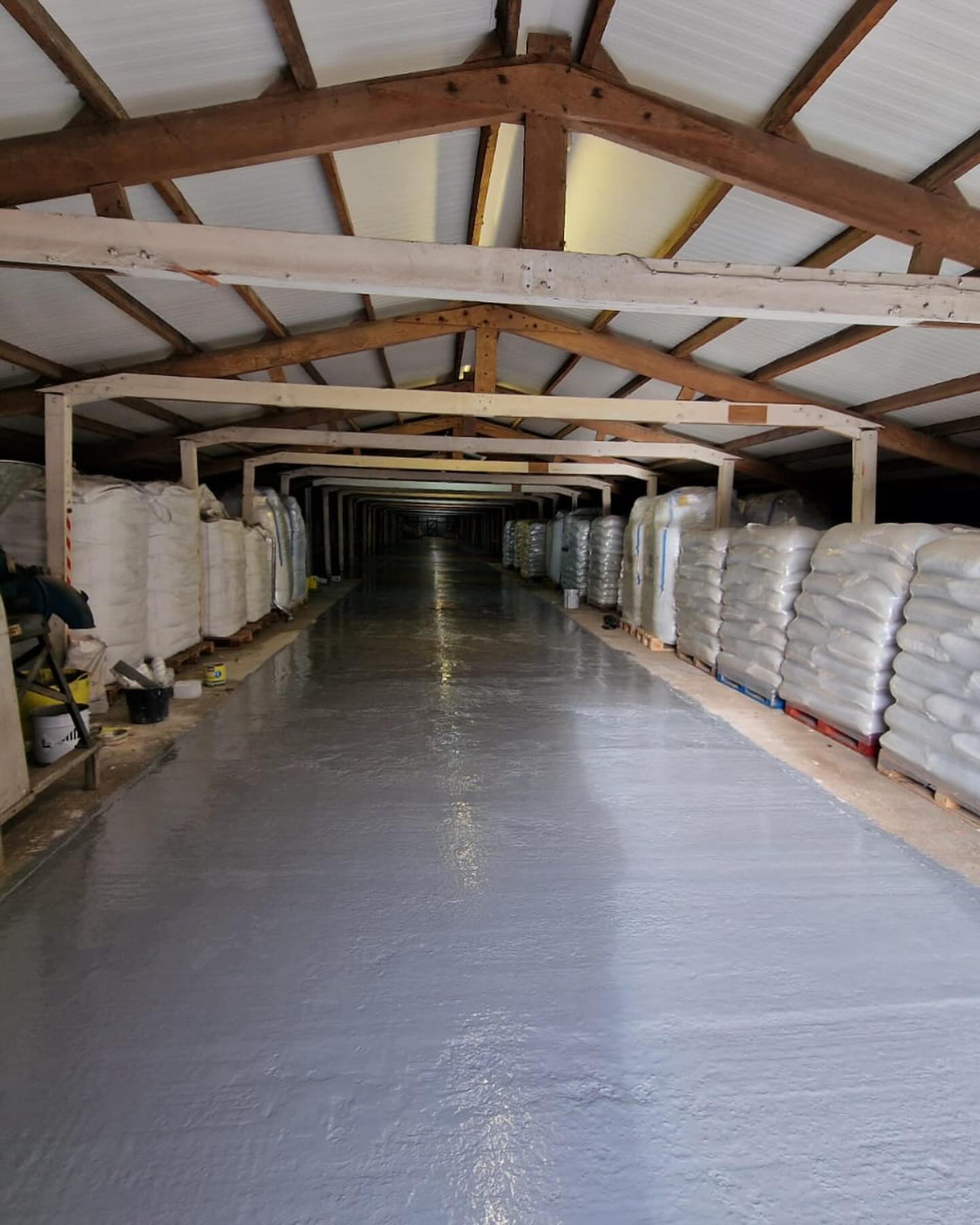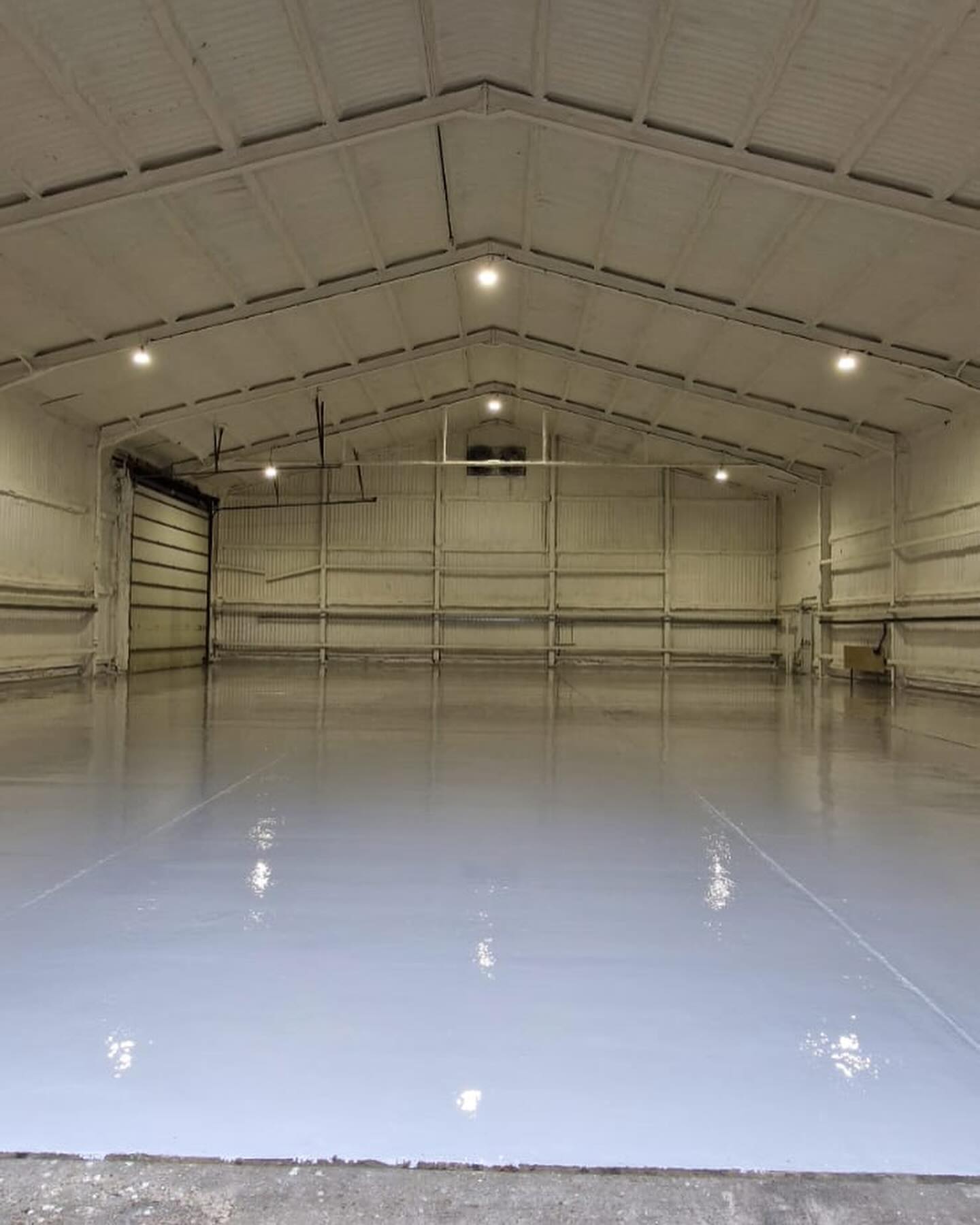High-Build Industrial Flooring
5-10mm Heavy Duty Systems for Extreme Industrial Environments
Why Do Heavy Industries Need High-Build Flooring?
Standard 2-3mm coatings fail rapidly under extreme industrial conditions. High-build systems at 5-10mm thickness withstand impact from dropped steel components, resist abrasion from constant forklift traffic, and protect concrete from chemical attack. These robust floors extend substrate life by 25 years in environments that destroy thin coatings within months.
Manufacturing facilities processing 50-tonne loads require floors capable of distributing point loads without cracking. Our high-build systems incorporate steel fibres and aggregate reinforcement, achieving compressive strengths exceeding 90N/mm². This structural capacity prevents indent failure under heavy machinery legs and pallet racking posts carrying 10-tonne loads.
Chemical processing plants face simultaneous mechanical and chemical challenges requiring multi-layer protection. High-build floors combine impact-absorbing base layers with chemical-resistant topcoats. The thickness provides redundancy - if surface damage occurs, underlying layers maintain protection until repairs can be scheduled during planned maintenance windows.
High-Build System Specifications
How Are High-Build Systems Constructed?
Installation begins with substrate assessment using ground-penetrating radar to identify voids and delamination. We repair defects using polymer-modified mortars before applying penetrating primer that consolidates the concrete surface. This foundation preparation ensures load transfer through the coating into structurally sound substrate.
The base coat applies at 2-3mm thickness using trowel application for precise control. We broadcast 2-4mm aggregate into the wet resin, achieving 150-200% coverage for maximum density. This aggregate matrix provides the mechanical strength while resin binders create chemical resistance. Multiple layers build to specified thickness with each layer mechanically bonding to the previous.
Surface finishing depends on operational requirements - smooth for easy cleaning or textured for slip resistance. We apply self-levelling topcoats at 1-2mm over the aggregate base, filling voids to create seamless surfaces. Alternatively, textured finishes using broadcast quartz provide R12 slip resistance for wet process areas while maintaining chemical resistance.
Which Operations Require Maximum Floor Protection?
Steel fabrication workshops where plasma cutting and welding generate 1,000°C sparks need floors resisting thermal shock. High-build systems incorporating ceramic aggregates withstand intermittent temperatures to 350°C without degradation. The thickness provides thermal mass, preventing heat penetration to the concrete substrate which would cause explosive spalling in thin coatings.
Automotive assembly lines running three shifts continuously cannot tolerate floor failures disrupting production. Our high-build installations handle 5 million forklift passes annually, with wear rates below 0.5mm per year. Strategic placement of wear indicators at 2mm depth provides advance warning for maintenance scheduling, preventing unexpected failures that stop production lines.
Waste transfer stations processing 500 tonnes daily require floors resisting impact, abrasion, and biological attack. High-build systems with antimicrobial additives prevent degradation from organic acids while the thickness absorbs impact from waste containers. These installations include 200mm coving details preventing leachate penetration at vulnerable wall-floor junctions.
How Long Do High-Build Floors Maintain Performance?
Properly specified high-build systems deliver 20-25 years service in heavy industrial environments. The thickness provides wear allowance - even losing 2mm over a decade leaves 6-8mm of functional coating. This contrasts with thin systems where 1mm wear represents 50% thickness loss, triggering accelerated failure as substrate protection diminishes.
Performance monitoring through annual thickness measurements tracks wear rates across traffic zones. High-wear areas like loading bays typically show 0.3-0.5mm annual loss, while general areas lose 0.1-0.2mm. This data enables predictive maintenance, scheduling localised repairs before reaching critical thickness. Proactive management extends service life beyond 25 years.
Refurbishment costs 60% less than replacement when adequate thickness remains. We abrade worn surfaces to sound material, apply fresh topcoats, and restore full thickness in high-wear zones. This sustainable approach maintains protection while minimising disruption. Some of our installations have received three refurbishments over 40 years, still performing effectively on original base layers.
Our Heavy Duty Flooring Projects





Frequently Asked Questions
Our 8-10mm systems support point loads up to 7.5N/mm² and distributed loads exceeding 50kN/m². This handles 50-tonne forklifts and machinery with concentrated footprints. Load distribution through the coating thickness prevents substrate overload. We calculate specific capacities based on substrate strength and coating specification for each project.
Yes, high-build applications correct substrate irregularities up to 10mm while providing protection. Self-levelling base coats flow into depressions, with thickness varying to achieve SR2 flatness. This eliminates costly grinding or screeding of existing floors. The final surface meets VNA racking tolerances when laser-guided application methods are employed.
High-build systems add 15-20kg/m² depending on aggregate density. This represents less than 2% of typical floor slab capacity. Structural engineers rarely require assessment for floors under 15mm thickness. The load spreads evenly unlike point loads from machinery, causing minimal stress increase on supporting structures.
Actually, high-build systems resist cracking better through stress distribution. The thickness accommodates substrate movement up to 2mm without surface cracking. Flexible resins and aggregate reinforcement prevent crack propagation. Thin coatings concentrate stress at the coating-substrate interface, causing delamination that thick systems avoid.
Maintenance requirements remain minimal despite heavy use. Weekly washing with auto-scrubbers removes surface contamination. Annual deep cleaning using moderate alkaline detergents restores appearance. Resealing high-traffic zones every 5 years maintains surface integrity. The thickness provides tolerance for aggressive cleaning without damaging protection layers.
Maximum Protection for Extreme Conditions
High-build flooring systems engineered for decades of heavy industrial service.